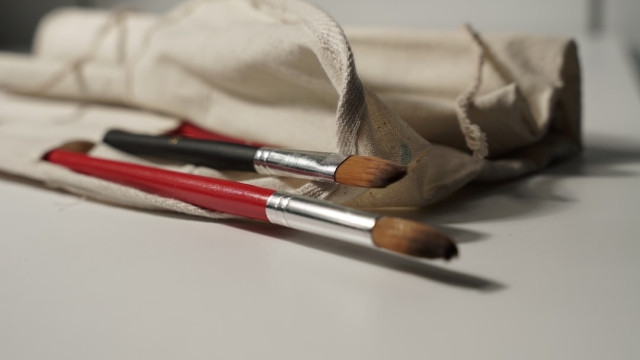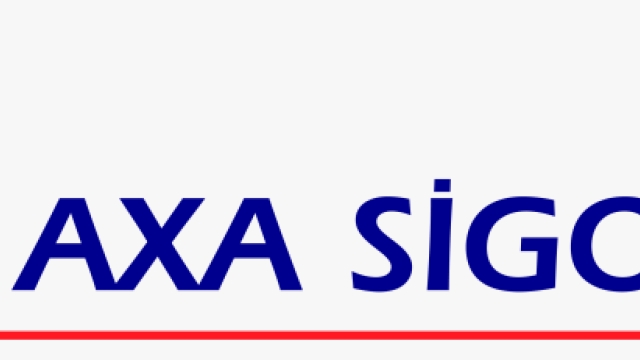Art has long served as a profound means of expression, a medium through which individuals can explore their innermost thoughts, feelings, and identities. The journey of artistic self-discovery is not merely about creating aesthetically pleasing works; it is a transformative process that fosters personal growth and understanding. Engaging with art allows individuals to reflect on their experiences, challenge their perceptions, and ultimately uncover deeper aspects of themselves. In this article, we will delve into the role of art in personal growth, explore various techniques for unleashing creativity, and share inspiring stories of artistic self-discovery that illustrate the power of this journey.
The Role of Art in Personal Growth
Art provides a unique lens through which one can examine the complexities of life. Whether through painting, music, writing, or any other form of creative expression, individuals can articulate emotions that may be difficult to convey through words. This process can be particularly therapeutic, helping to alleviate stress and anxiety while offering a safe space for exploration. As individuals engage in artistic activities, they often experience a heightened sense of self-awareness and clarity, which can lead to significant personal development.
Moreover, art encourages vulnerability and authenticity. In creating art, individuals confront their fears, insecurities, and desires, leading to a deeper understanding of their own identities. This exploration can foster resilience, as each creative endeavor enhances one’s ability to navigate life’s challenges. The journey of artistic self-discovery ultimately cultivates a richer understanding of oneself and an appreciation for the diverse experiences that shape human existence.
Techniques for Exploring Creativity
There are numerous techniques that individuals can employ to embark on their own journeys of artistic self-discovery. Here are a few effective practices to consider:
Journaling
Journaling is an accessible way to begin exploring one’s thoughts and feelings. Writing regularly can help clarify emotions and inspire creative ideas. Individuals can use prompts, such as “What does joy look like for me?” or “Describe a moment when I felt truly alive,” to spark deeper reflection and artistic exploration.
Painting and Drawing
Visual arts provide a direct outlet for self-expression. Whether through abstract painting or detailed sketches, engaging in these activities allows individuals to communicate emotions that may be hard to verbalize. Experimenting with colors, forms, and techniques encourages freedom and spontaneity, inviting the subconscious to surface and informing the creative process.
Creative Movement
Engaging the body through movement, whether through dance or other forms of physical expression, can evoke powerful emotions and insights. Creative movement encourages individuals to connect with their bodies, releasing tensions and allowing for a more profound exploration of the self. This physicality often leads to unexpected realizations and a deeper connection to one’s artistic impulses.
Stories of Artistic Self-Discovery
The journey of artistic self-discovery is filled with stories of transformation and growth. Many individuals have found solace and strength through their creative endeavors. For example, an artist may share how painting helped them process grief after the loss of a loved one, allowing them to channel their sorrow into a series of evocative artworks that resonated with others.
Similarly, a writer might recount how journaling became a lifeline during a challenging period, serving as a catalyst for personal growth and a vehicle for exploring their identity. These stories exemplify how engaging in art can lead to profound insights and foster connections with both oneself and others.
Actionable Tips and Resources
As you embark on your own journey of artistic self-discovery, consider the following tips:
- Set aside dedicated time for creative activities, free from distractions.
- Experiment with different forms of art to find what resonates with you.
- Join workshops or community classes to connect with fellow artists and gain new perspectives.
- Reflect on your artistic experiences and consider keeping a creative journal to document your thoughts and progress.
- Explore resources that provide guidance on various artistic techniques and principles, such as those available at Cozy Art Land.
In conclusion, the journey of artistic self-discovery is a deeply personal and rewarding experience. Through various creative techniques and the sharing of transformative stories, individuals can uncover their true selves and foster personal growth. Embrace your creative impulses, and allow art to guide you on a path of self-exploration and expression.




